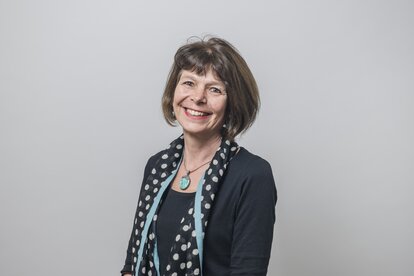Reflecting on the first post n this blog, a colleague shared a paper with me last week about different translations of gender equality in Ethiopia. The paper, published in the journal Development and Change, is written by Norwegian researcher Marit Tolo Østebo, who is currently based at the University of Florida’s Center for African Studies. She essentially identifies two somewhat different understandings of gender equality in Ethiopia: one “predominantly voiced by gender experts in the government’s gender machinery” emphasizes the breaking of traditional gendered labour divisions – encouraging men to take up traditionally female tasks, and vice versa. The second, “mainly articulated by local men and women” emphasises the importance of collaborative work and mutual agreement through dialogue. She points out that the underlying tenet of the first is that gender equality means promoting “sameness” between women and men; of the latter, that it means complementarity.
The paper contains a number of insightful quotes from rural Ethiopians in addition to its academic discussion, so I forwarded it to my Ethiopian colleagues for their comments. They responded with alacrity (and just for the record, both those quoted here are men). Our Programme Officer and Gender and Social Equity Focal Person Ashenafy Bekele confirmed that within the Ethiopian government’s decentralized structure, there has been a concerted effort to mainstream gender issues across all sectors. He explained that “According to my understanding, men and women simply did not work together in earlier times. Tasks for men and tasks for women were clearly divided [and] the division of labour was unbalanced so that women were overloaded… change in practices can be positive for everyone.” The government’s approach to gender equality is particularly reflected in our projects in natural resource management and watershed development, in which we work in partnership with the local (government) Bureaus of Agriculture. Women and men are addressed equally in all interventions, which include the allocation of land to unemployed youth, and labour linked to watershed development. In some project areas, land development work is linked to and financed under the government’s Productive Safety Net Program (PSNP), which is open equally to men and women. The same physical work is expected of both sexes.
This said, Ashenafy added that “gender equality is based on equal rights and this doesn’t mean that the man necessarily has to do what the women can do or the woman what men do.” These rights are upheld in law – for example, a woman in Ethiopia has the right to 50% of the household’s land in the case of divorce – a right not given in many parts of the world (even Switzerland!).
Nigussie Mihretu, who is the Gender and Capacity Building Officer for our WaSH (Water, Sanitation and Hygiene) project in the Amhara region, cautioned against generalisations, given the huge ethnic diversity of Ethiopia:
“Gender is a dynamic concept, which differs from area to area, culture to culture, region to region, time to time. When we talk about gender equality, it is addressing the different gender needs, experiences and knowledge of women and men. Women themselves are diverse and have different interests, but due to patriarchy, they are disadvantaged.”
These words could also be applied much more widely than Ethiopia! According to Nigussie, in many parts of the country, including the Amhara region, women’s workload remains very high compared with that of men. An important part of Nigussie’s work is thus promoting attitudinal change – with regard to hygiene, but also with regard to the role of men and women. Accessing safe and clean drinking water and maintaining sanitation facilities and hygiene is generally considered to be women’s work. Thus unless the project addresses gender roles, it risks adding to women’s work burden. One activity recently started in this regard is the provision of specific gender training to couples in a WaSH “model village”. Together, the couple attends a course and visit a community (Awuramba) known for practising gender equality. Nigussie reports that after this training, couples start to share household chores, their mutual understanding increases, and their participation in WaSH activities also increases.
The conclusion as far as the paper is concerned, then, is that the two translations of gender equality identified by the author do not have to be seen as mutually exclusive. Rather, they are context dependent, and can be mutually reinforcing.


